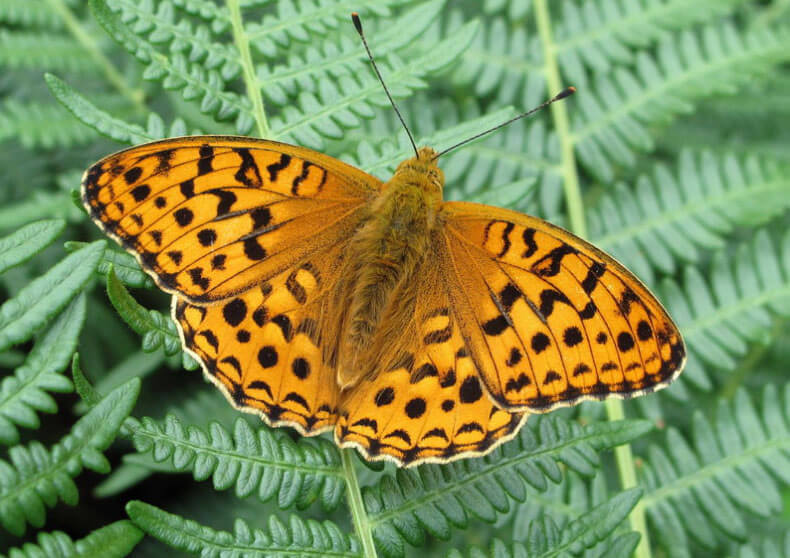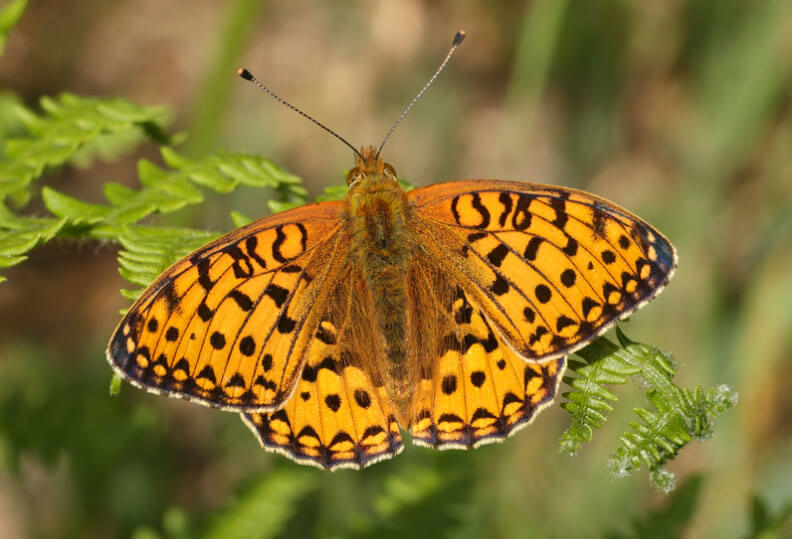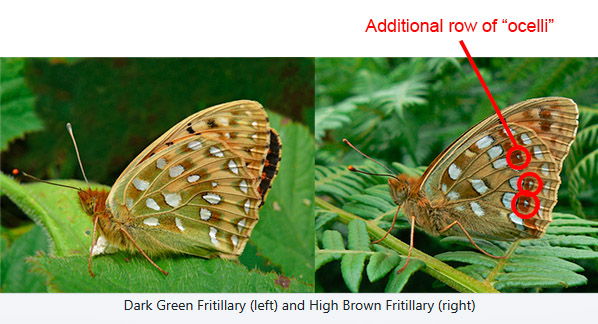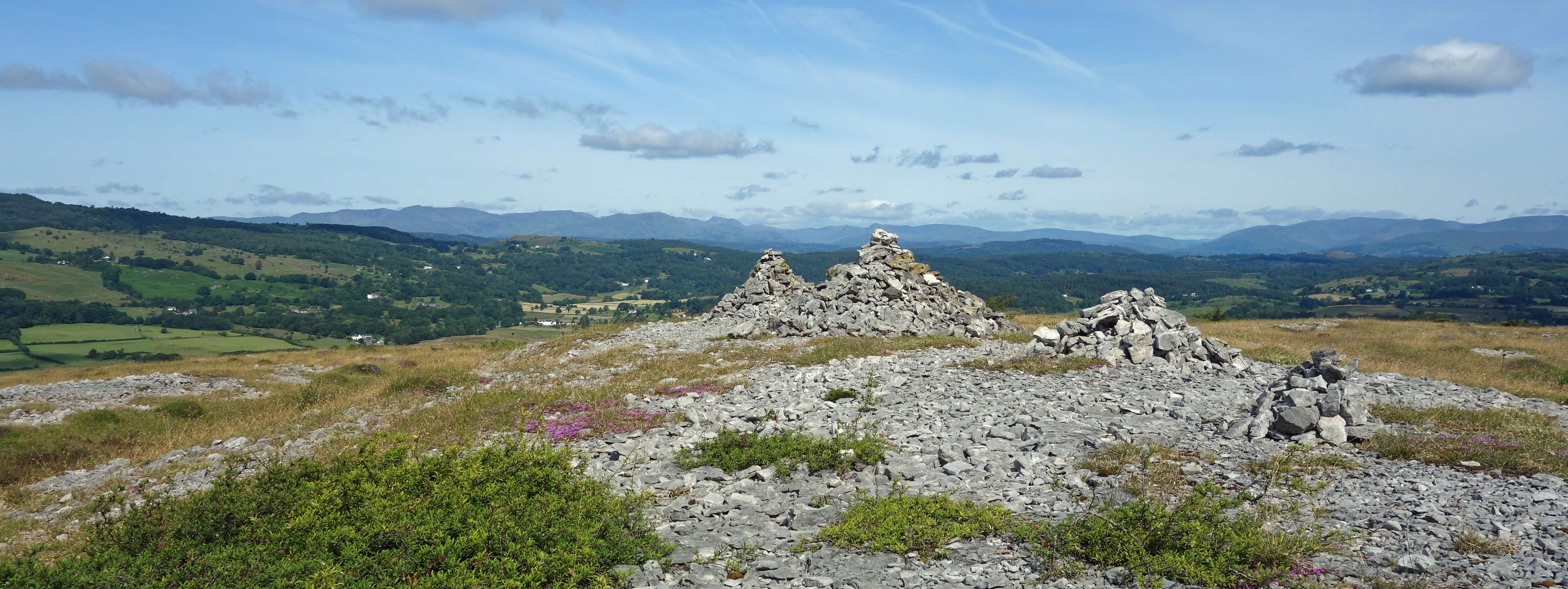
Home
Preamble
Index
Areas
Map
References
Me
Drakkar
Saunterings: Walking in North-West England
Saunterings is a set of reflections based upon walks around the counties of Cumbria, Lancashire and
North Yorkshire in North-West England
(as defined in the Preamble).
Here is a list of all Saunterings so far.
If you'd like to give a comment, correction or update (all are very welcome) or to
be notified by email when a new item is posted - please send an email to johnselfdrakkar@gmail.com.
55. Butterflying on Whitbarrow
I envy lepidopterists. I wish I could identify a butterfly from a glimpse as it disappears over the foliage. Butterflies don’t help much. While many common ones (red admiral, peacock, orange tip, and so on) are distinctive, some of the rare ones (such as the high brown fritillary and small pearl-bordered fritillary) – the ones I’d really like to see – are too similar to other butterflies (dark green fritillary and pearl-bordered fritillary, respectively). Moths are worse. There are about 2,500 British moths, compared to about 60 British butterflies, and most of them are too, well, mothy.

 Left: Dark green fritillary; Right: High brown fritillary
(Images from UK Butterflies).
Left: Dark green fritillary; Right: High brown fritillary
(Images from UK Butterflies).
One convenient thing about butterflies is that many of them are very fussy. They will only live in specific places at specific times. It’s not like searching for, say, a stoat, which you may see but probably won’t at anytime anywhere. If you want to see a Glanville fritillary then you’ll just have to go to the Isle of Wight in May or June. Incidentally, the Glanville fritillary is the only one of our butterflies that is named after a person, unless there really was a red admiral, a Duke of Burgundy, and so on. Eleanor Glanville (1654-1709) was so keen on her butterfly studies that her family was able to invalidate her will on the grounds of her insanity.
She was the first person to describe the early life of the
high brown fritillary, the butterfly that I decided to
focus upon on this outing. The limestone plateau of Whitbarrow in south Lakeland (which forms the Whitbarrow National Nature Reserve) is
renowned for its butterflies, as well as its geology, its plants and its views. As I do not have the years of experience necessary to
identify a butterfly from the merest flash of colour, or from its particular style of flying, or from the kind of habitat it is in, or from
some intangible, unspecifiable characteristic, I set off intending to bask in the anticipated plethora of butterflies around me. However, I would also
keep an eye open for the high brown fritillary, which is a ‘critically endangered’ butterfly found on Whitbarrow by those with the expertise to do so.
I mugged up on the high brown fritillary as well as I was able. I knew what it looked like (large, orange, black markings, with a distinctive underwing, to be seen if it’s feeding on brambles), where it lived (scrub or woodland on limestone with bracken), where it flew (it’s most often seen flying fast over bracken in sunshine), and when it was most likely to be spotted (in July). According to Barkham (2010), the high brown fritillary “possessed a vim and dash that gave it deserved pre-eminence among our northern butterflies”.
So, hoping for a bit of vim and dash, I set off, butterflying (if 'birding' is a word then 'butterflying' must be). The walk from Row in the Lyth Valley soon brought me up to the limestone terraces of the Township Allotment of Whitbarrow, where large orange butterflies were immediately prominent. I was reminded of Haruki Murakami’s comment (in 1Q84 (Murakami, 2011)) that "hundreds of butterflies flitted in and out of sight like short-lived punctuation marks in a stream of consciousness without beginning or end.” They weren’t commas but they did cause me to pause in my walking. However, they refused to settle to allow me to study their underwings.

From Whitbarrow, Bowfell in the centre
I continued over to the west wall, where a magnificent panorama opened out and developed as I walked south to the highest point at Lord’s Seat. Griffin (1991, included in Griffin (2005), p184) says that the panorama “cannot be excelled on a good day” – and this was a good day – “a view … surely the most embracing in England from a mere 700ft height”. It encompassed the western Dales hills, the Howgills and many of the Lakes peaks, with Bowfell and the Langdale Pikes centre stage.
Fine as the view is I couldn’t just sit and admire it all day. I continued with my butterflies to the wall that separates Flodder
and Farrer’s Allotments. Here I had intended to walk back through the woodland to the east but it looked difficult going, over limestone
pavements, through bracken, and around trees and shrubs. I decided instead to return along the ridge in order to continue enjoying the view. First, however, I noticed a crowd of people at a cairn further south, so I thought I’d go to see what they were up to. It turned out to be a group with about thirty 10-year-olds. The local wildlife became more boisterous.

From Whitbarrow, Red Screes in the centre
I did indeed see many butterflies on the walk, and delightful they were. I did not get too hung up on identifying them. If you’re not careful this kind of thing can become an obsession. I have passed the stage of wanting to see every species of butterfly, to visit every lake, to climb every mountain, to follow every byway, to ford every stream. If it matters, I believe that I saw common blue, dark green fritillary, meadow brown, painted lady, pearl-bordered fritillary (and possibly small pearl-bordered fritillary), speckled wood (in the Township Plantation), and no doubt a few more.
Did I see any high brown fritillaries? According to Barkham (2010), “to mere mortals, the high brown and dark green are indistinguishable in flight. At rest, if you can see their underwings, it is relatively easy to tell them apart … In summer, however, these two butterflies both roar around in the sunshine and are not inclined to show you their underwings.” I am a more mere mortal than most so I will just say that it is possible that I would have identified at least one of the hundreds of dark greens as a high brown, if only they’d let me.

The difference between the two butterflies
as explained by UK Butterflies

Cairns on Whitbarrow Scar
Date: July 4th 2019
Start: SD455892, layby on A5074 just south of lane to Row (Map: OL7)
Route: NW through Row, W – west wall on Township Allotment – S – Lord’s Seat,
cairn above Low Crag Wood – N – Lord’s Seat –
NE, N through Township Plantation – Row – E – layby
Distance: 7 miles; Ascent: 190 metres
Home
Preamble
Index
Areas
Map
References
Me
Drakkar
© John Self, Drakkar Press, 2018-

Top photo: The western Howgills from Dillicar;
Bottom photo: Blencathra from Great Mell Fell



 Left: Dark green fritillary; Right: High brown fritillary
(Images from UK Butterflies).
Left: Dark green fritillary; Right: High brown fritillary
(Images from UK Butterflies).




